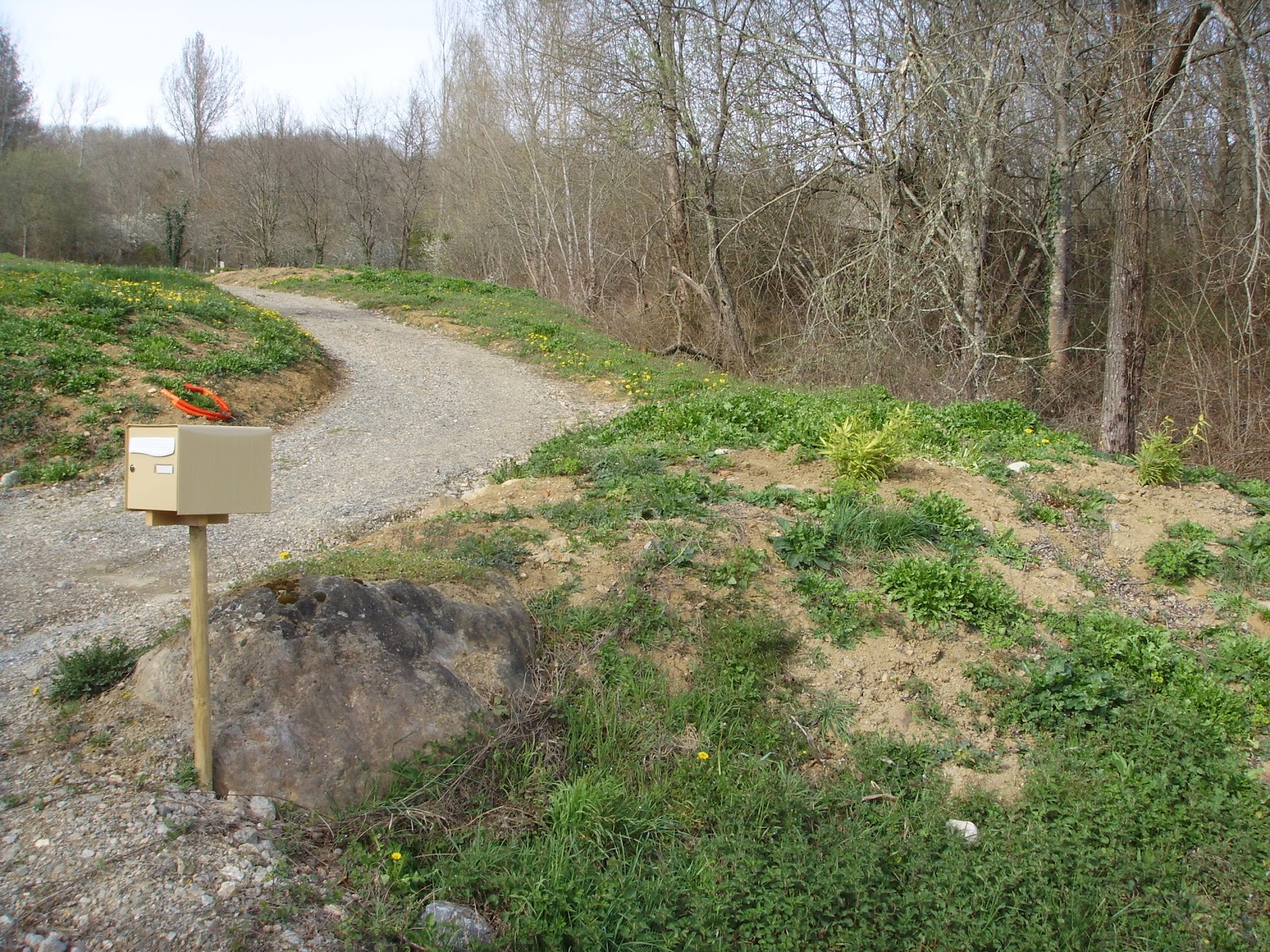On the 4th May 2013, we built a pond using a 4x4m underlay and liner. The pics are here
G:\photos\Garden\Pond\Construction
We'd been suspicious that it was leaking for a few years and finally bit the bullet and changed the liner. About 100 common newts, 7 marbled newts and 3 midwife tadpoles were temporarily re-homed along with a lot of other wildlife. The old liner did have a hole - looks like a mouse. The old liner was a woven affair with a plastic coating. The UV weakens it and it can then tear if pulled.
However, we also had a natural spring and this, along with heavy rain was pushing the liner out. 50mm of hardcore at the bottom got rid of the soggy clay. A 8cm drainage pipe was dug from the bottom to let any water out. EDPM 1mm liner and 300g/m2 underlay.
Carried about 600L of rain water up, plus say 300L from the temporary pond got the level approaching the top. Temporary pond followed the contour of the land and was a new 3mx3m tarp. Boards and concrete blocks (~10)
https://boutique.aquatiss.net/bache-bassin/200002-bache-epdm-bassin-feutre-protection-300gr-etancheite-bassin-baignade-naturelle.html#/200002_dimensions_epdm_bassin_1_mm-4_57_m_par_5_00_m
EPDM bassin 1 mm + feutre de protection PECT bassin 300gr/m² (certifié CE)
Largeurs de l'EPDM : 3,05m / 4.57m / 6,10m / 7,62m
Largeur du feutre géotextile : 3 ou 6 m. Le feutre est découpé dans la longueur.
LA BACHE EPDM BASSIN
L'étanchéité pour bassin en bâche EPDM (éthylène-propylènediène-terpolymère) est un élastomère (caoutchouc synthétique obtenu par polymérisation) qui offre une très grande élasticité (400%), même à basse température.
Utilisations
La membrane EPDM est utilisée comme système d'étanchéité dans la réalisation d'un bassin de jardin ou d'une baignade naturelle. Elle est posée sur un feutre de protection 300gr/m² pour la protéger des éléments du sol pouvant l'abimer.
Avantages
Grande élasticité
S'adapte à toutes les formes de bassin
+ économique qu'une coque préfabriqué
Durée de vie : 50 ans
Résistance anti UV / rayonnement / ozone / oxydation
Installation : toutes saisons.
Installation
On peut envisager une installation en plein hiver, elle reste tout à fait malléable et garde ses propriétés mécaniques jusqu’à -45°c.
Sa longévité est garantie pendant 20 ans.
Ce produit est recyclable, il ne dégage pas de produit toxique à l’incinération et reste inerte dans l’eau, le sol, et à l’air. Le collage s’effectue par vulcanisation à froid.
Découvrez toute notre gamme d'accessoire pour l'assemblage et le collage de votre membrane EPDM.
GEOTEXTILE DE PROTECTION 300gr
Géotextile non tissé en polyester coloré, aiguilleté et calandré. Produit sans utilisation de liants chimiques.
Feutre de protection certifié CE PECT300 300 gr/m² en différentes largeurs.
Les géotextiles de protection sont utilisés pour protéger principalement les systèmes d’étanchéité tel que les géomembranes, bâches de bassin, liners de piscine, complexes drainant, et tous autres matériaux ne pouvant pas supporter les agressions plus ou moins prononcées des sols, des bétons ou tous types de matériaux poinçonnant.
Caractéristiques
Marquage CE,
Couleur : grise,
Fibres polypropylènes insensibles et résistants aux agents cryptogamiques et fongiques.
Résistance à la traction : 15 kN/m
Résistance au poinçonnement dynamique (mm) 15 mm
Résistance au poinçonnement statique pyramidal (N) 200 N
Résistance au poinçonnement statique CBR (kN) 2,20 kN
Vous pouvez également commander ce géotextile seul dans notre rubrique "Feutre de protection bassin".






